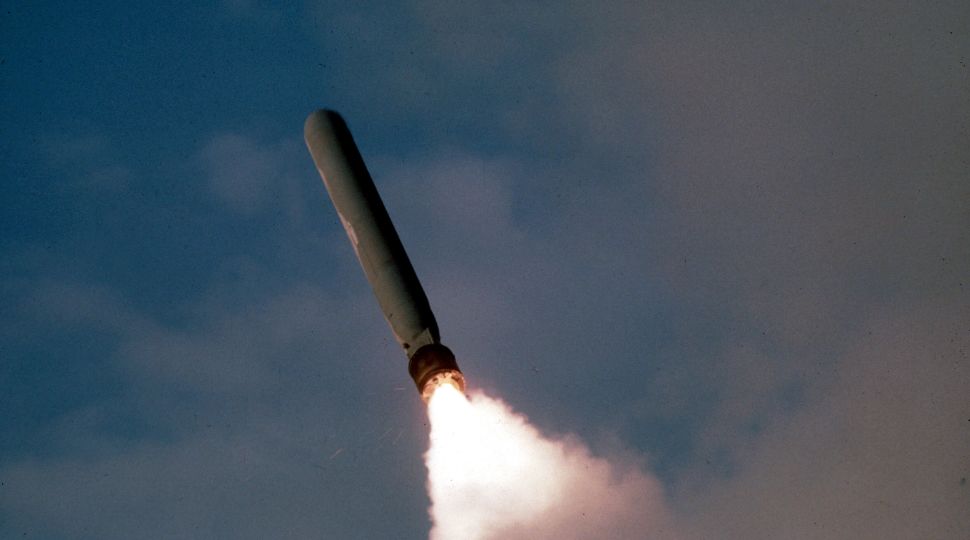The U.S. Suspends INF Treaty, Begins Withdrawal from the Agreement

What are the reasons for the U.S. decision?
The U.S. had publicly accused Russia of violating the INF treaty in 2014. In the Trump administration the view eventually prevailed that U.S. compliance with an ineffective treaty overly constrains the country, especially in its efforts to counter China, which is not party to the INF treaty and has expanded such capabilities. The withdrawal procedure is defined in the INF treaty itself while suspension of the agreement on the grounds of a material breach by the other party is customary international law. The U.S. seeks to develop INF-range, conventional ground-based missiles. Suspension of its obligations under the INF treaty might allow it to accelerate modifications of INF treaty-compliant systems, either those already in service or those under development. The suspension enables it, for example, to test INF systems even before full withdrawal.
What was the main subject of recent U.S.-Russia talks on the INF treaty and why did they fail?
The U.S. has called for the verifiable destruction of all Russian 9M729 cruise missiles (capable of carrying both nuclear and conventional warheads) and their launchers. Meanwhile, Russia maintains that these missiles have a range below 500 km and are compliant with the INF treaty. During a meeting in Geneva on 15 January, it offered to demonstrate a 9M729 for the U.S. On 23 January, Russia publicly displayed the launchers, launch canisters, and drawings of the missile, but not the missile itself. According to the U.S., Russia’s offer and demonstration were not credible because they included only selected systems and information, in contrast with what might be found via unannounced inspections. The propaganda nature of the Russian actions was also demonstrated by the fact it undertook them just before the end of the 60-day deadline, despite the U.S. publicising its accusations regarding the 9M729 already since the end of 2017.
How did Russia react to the U.S. suspension/withdrawal announcement?
Russia in turn also suspended the INF treaty and began withdrawal, blaming the U.S. for the crisis around the agreement. In practice, Russia seeks to legitimise its violation of the accord. It announced it will develop two INF systems: a ground-based version of the sea-launched Kalibr cruise missile and a hypersonic missile. It also declared that it will deploy those systems in Europe and other regions only in response to analogous deployments of American missiles. But in reality, there is already a ground-based system with the parameters of the Kalibr missile, namely the 9M729, which was developed in violation of the INF treaty and is already being deployed. The hypersonic missile might turn out to be a variant of RS-26 Rubezh ballistic missile, which was previously in development and has a maximum range slightly above 5,500 km, allowing it to reach European targets from Asia.
What is NATO’s position?
NATO members jointly criticised Russia for its violation of the INF treaty and fully supported the U.S. decision. This is an important achievement given the negative response of a number of the Allies to Trump’s October 2018 announcement that the U.S. would leave the treaty. Still, NATO faces the challenge of agreeing on a further, comprehensive response to the Russian violation of the INF treaty. For countries on NATO’s Eastern Flank, strengthening deterrence will be especially important and seen also as a way to induce Russia to constructive talks on arms control. Many Western European states will be sceptical of further-reaching military measures. This includes Germany, which promotes intensified dialogue on the future of arms control and has said it will undertake further diplomatic measures to try to resolve the crisis around the INF treaty.
What are the options for U.S. and NATO military responses to the Russian violation of the INF treaty?
The U.S. said it will work with NATO and other allies on measures to deny Russia any military advantage from its violation of the INF treaty. It does not plan to develop nuclear ground-based INF systems. The U.S. might be, however, interested in deploying INF-range, conventional ground-based missiles to Europe. Such systems will presumably enter into service in 3–5 years. The U.S. might also increase the presence of air- and sea-launched missiles in and around Europe. NATO could strengthen its air- and missile-defence system to better counter the regional threat posed by Russia. Stopping the U.S. and NATO military response and creating division within the Alliance will remain a goal for Russia. It will, for example, repeat its counter-accusations regarding the alleged violation of the INF treaty by American ballistic missile-defence sites in Romania and Poland.




